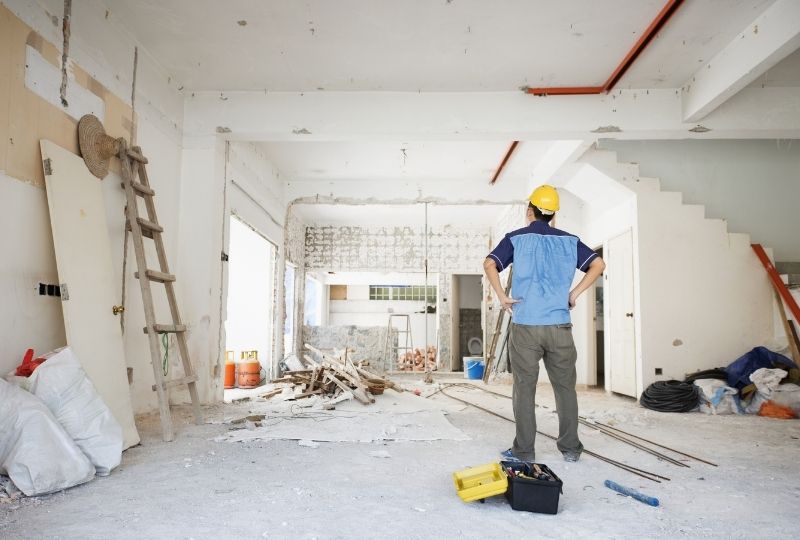
There are many potential safety hazards to be aware of during a home renovation. You might deal with power tools, improperly installed wiring, and leftover screws or paints that could be dangerous for parents with small children or pet owners.
But sometimes, the biggest safety hazards are those we can’t see with the naked eye—the very air we breathe. Indoor air quality is often at its lowest during remodel projects. If you want to keep yourself and your family safe, follow these tips for protecting indoor air quality during renovations.
You can’t stop a danger that you aren’t aware of. Likewise, you can’t protect your indoor air quality during a remodel when you don’t know where the pollution is coming from. That’s why a critical first step is recognizing common sources of pollution, such as:
One source of air pollution that many people overlook is new carpeting and brand-new furniture. In a process called off-gassing, a material releases chemicals into the air over time. Carpeting and furniture are prevalent sources of off-gassing.
A simple way to avoid the off-gassing potential during a home remodel is to choose products that do not have significant amounts of chemicals in them. Instead, opt for eco-friendly variations of the same products. For example:
Unfortunately, using eco-friendly materials doesn’t prevent every source of home remodel pollution. Ventilating the space well will typically help manage the rest of the pollutants. Remodelers can accomplish this by keeping windows and doors open and adding a fan to help keep air flowing through the area.
Before 1978, many home remodels featured lead-based paints. While not dangerous on their own, they become a hazard when they chip or peel, sending dust into the air that can cause a wide range of damaging physical and mental health symptoms.
If you are remodeling an older home, check the paint for lead before proceeding. You can do this by either hiring a professional or purchasing a lead-testing kit from your local retailer.
You spend a lot of time in your home, so it’s important to create a…
If you love a modern house vibe, you can find several easy ways to update…
Are you looking to spruce up your home without breaking the bank? Home improvements don’t…
Florida, also known as the Sunshine State, boasts a vibrant real estate market filled with…
A backyard fireplace is the perfect feature to take any outdoor space up a notch.…
The kitchen, often referred to as the heart of a home, is where both meals…